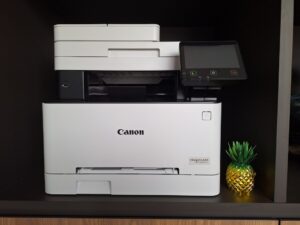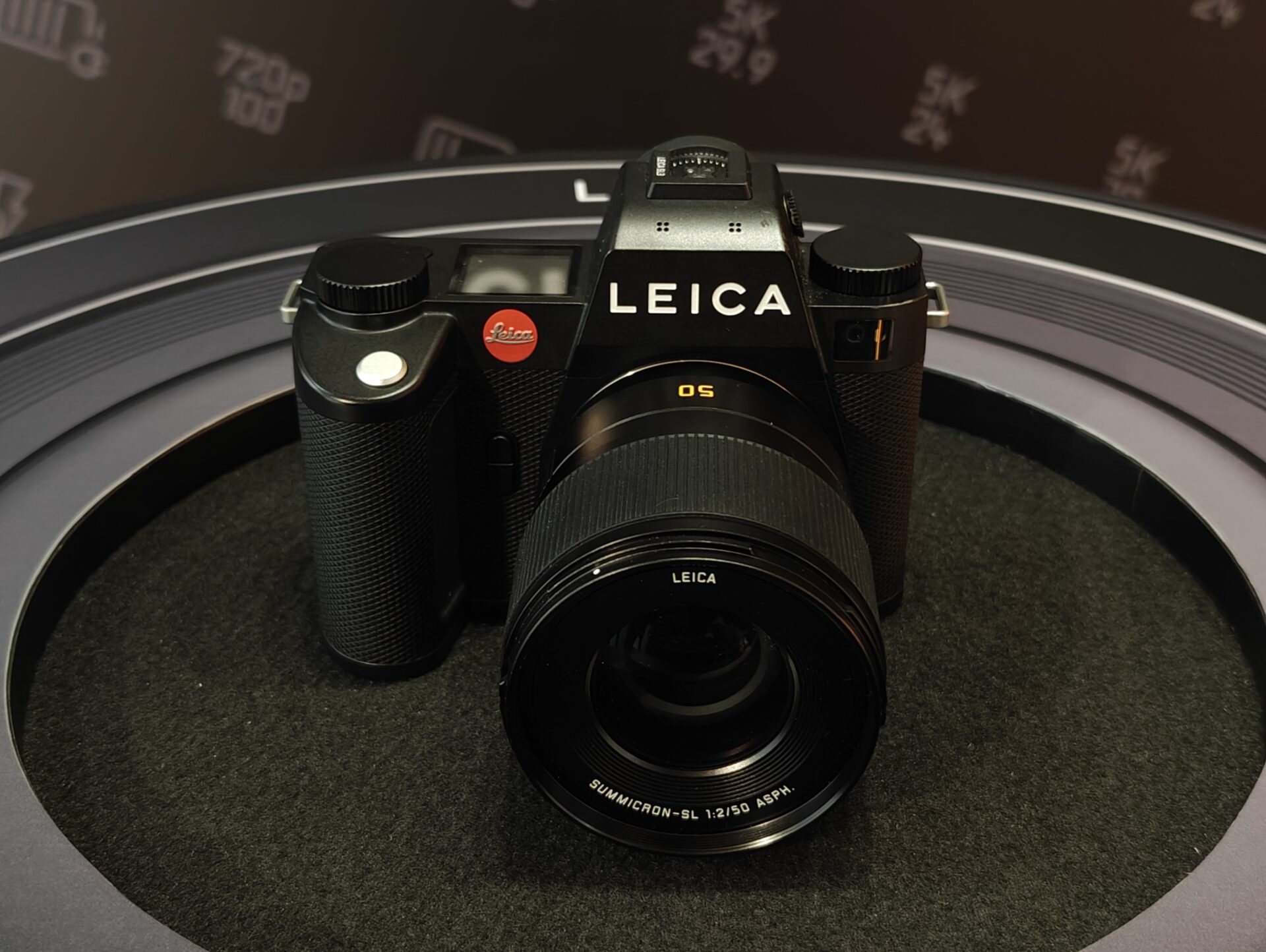
If you’re looking for a solidly built mirrorless camera and budget is no concern, then you’d be happy to learn that the Leica SL3 was launched in Singapore last week at a cool S$10,400.
For most photographers, that price tag would wear too heavily on their wallets. That said, nobody expects a Leica to be cheap and certainly the latest mirrorless camera comes in a solid, reassuring chassis that is unique to the German manufacturer.
Notably, too, the Leica SL3 is designed for the modern “hybrid” imaging user, who wants a fully automatic focus system for photography and videography. This is unlike the more illustrious Leica M camera that works with manual focus lenses.
The Leica SL3 has a magnesium and aluminium alloy body, which brings a certain heft, like how you feel wearing a Swiss watch on your wrist.
The dials and wheels are large, making it easier to change settings. The camera is also IP54-rated for peace of mind when shooting in the rain or dusty conditions.
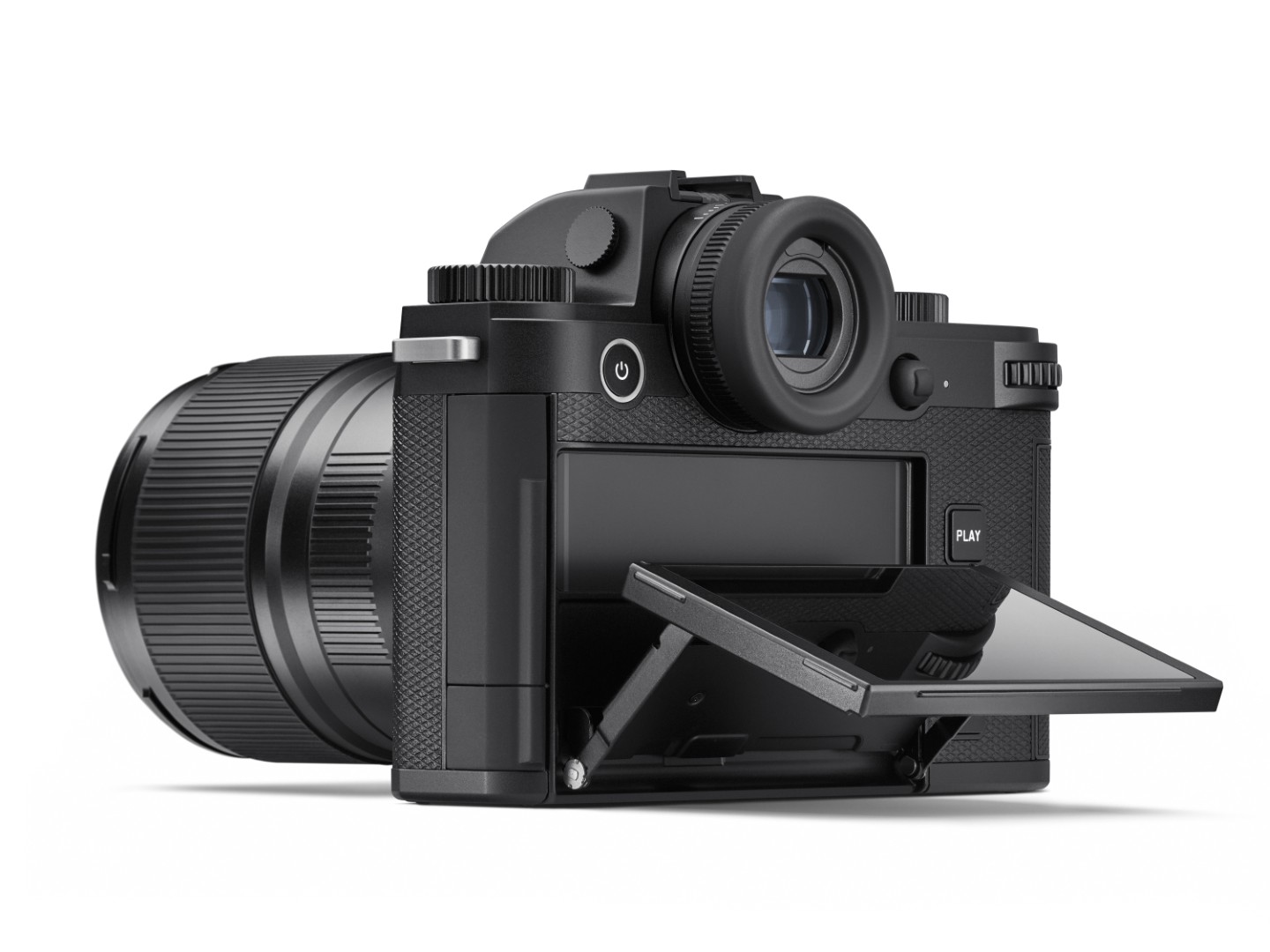
One standout “feature” is the on/off button on the camera’s left side. While I prefer it near my right index finger to power up the camera quickly, I had no issues reaching the button.
In any case, keeping the camera on when doing street photography is good practice so the camera is ready when a worthwhile shot presents itself.
My only worry is that the camera’s battery might not last the whole day if I kept it for a shoot. That’s something I’ve yet to test out since I only had a quick hands-on during the Singapore launch.
On the plus side, the Leica SL3’s chunky grip gives you confidence when holding the camera, even when matched with Leica’s heavier lenses.
However, don’t forget that the camera body still weighs 769g without battery and lens. The heft, while relaying a solid build, can be a burden after a long day of shooting.
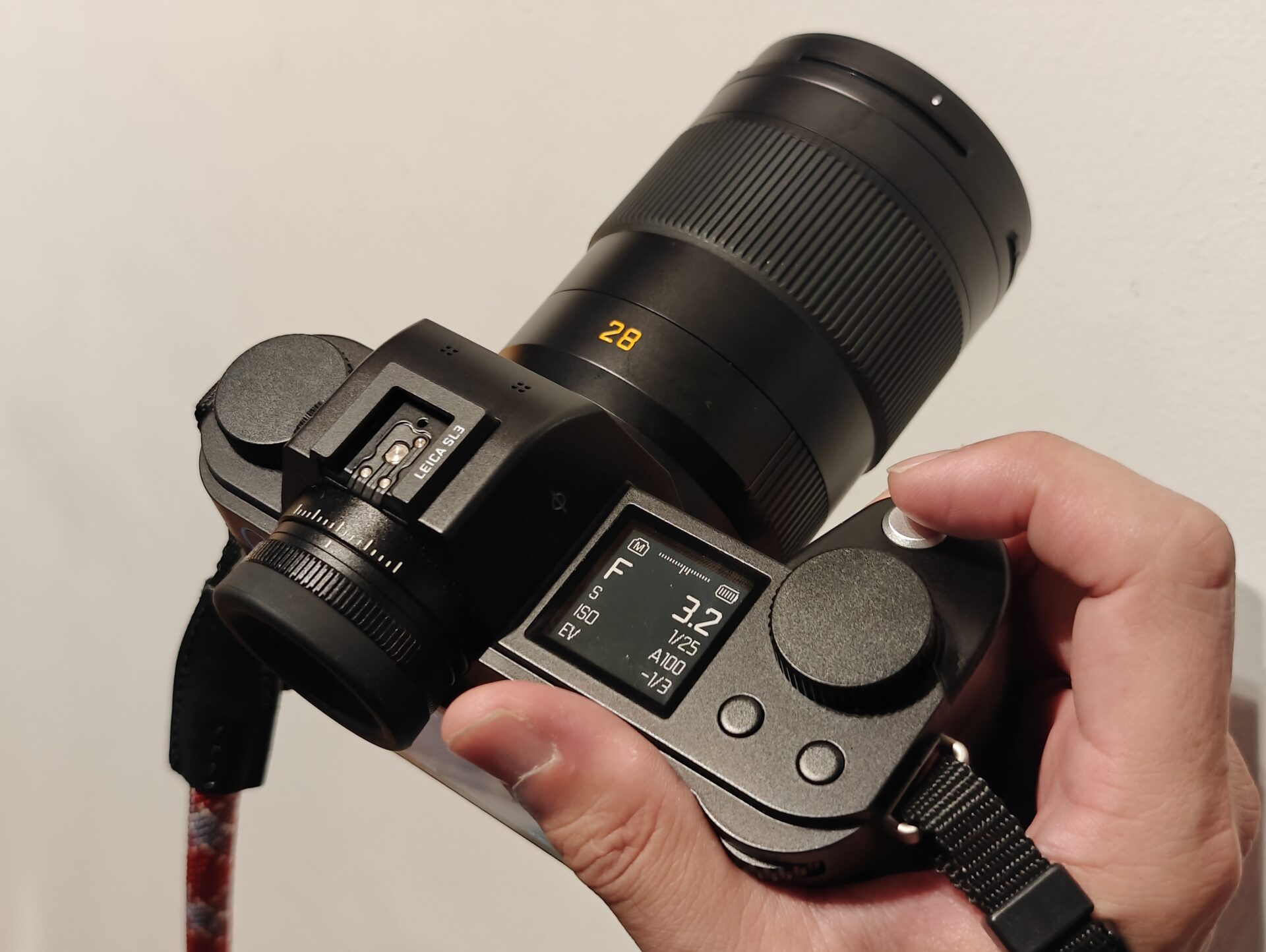
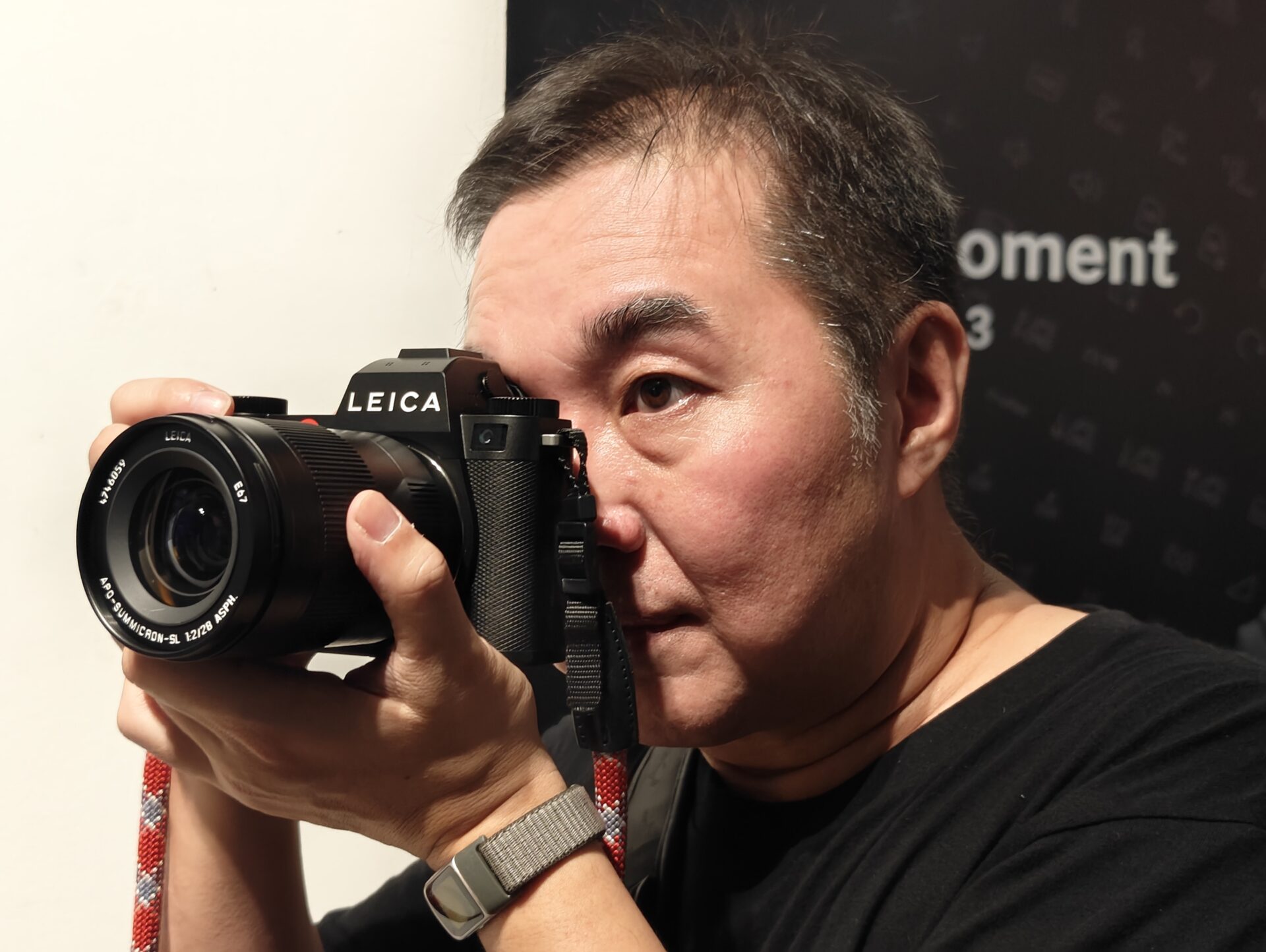
The new camera also supports add-ons from the L-mount alliance, which includes imaging companies such as Sigma, Panasonic, BlackMagic, Samyang, and DJI.
So, on the Leica SL3, you can fix lenses from the other alliance partners. This offers more choice, making it easier to build your camera system without breaking the bank.
What about usability? The top monochrome screen has white text on a black background, reminiscent of Panasonic’s S1H camera body, which is very easy to read, even in a brightly lit place.
The viewfinder, with 5.76 million pixels, is bright and responsive to frame your shots with. And no worries about blackouts here.
Thanks to the huge 60.3-megapixel sensor in the Leica SL3, as well as Leica’s colour science, images have a unique look that is sharp and “contrasty”. A quick test shot of the SL3 using ambient light and bare bulbs impressed me.

The most disappointing fact about this camera is that while it shoots at a maximum of 15 frames per second (fps) and saves 14-bit files, it can only do so in Program, Aperture priority and Shutter priority modes.
Unfortunately, the Leica SL3 has to rely on the electric shutter and auto white-balance and cannot refocus for subsequent frames after the first shot is recorded.
The only time the camera is fast enough to calculate the exposure settings and refocus for each frame in a continuous exposure mode is when you shoot at 5 fps. Without the speed needed, the Leica SL3 is not made for wildlife and sports photography.
The good news is that the SL3 autofocusing is fast enough not to be a nuisance. During my quick tests, it managed to quickly get a focus lock even in a dimly lit area.
Though the camera is made for modern users, shooting a selfie video could be a hassle as the 3.2-inch rear screen can fold up and down but not face the front.
Users must use the HDMI port to connect to an external screen to monitor the video recording. There are also audio input and output 3.5mm ports for microphones and headphones.
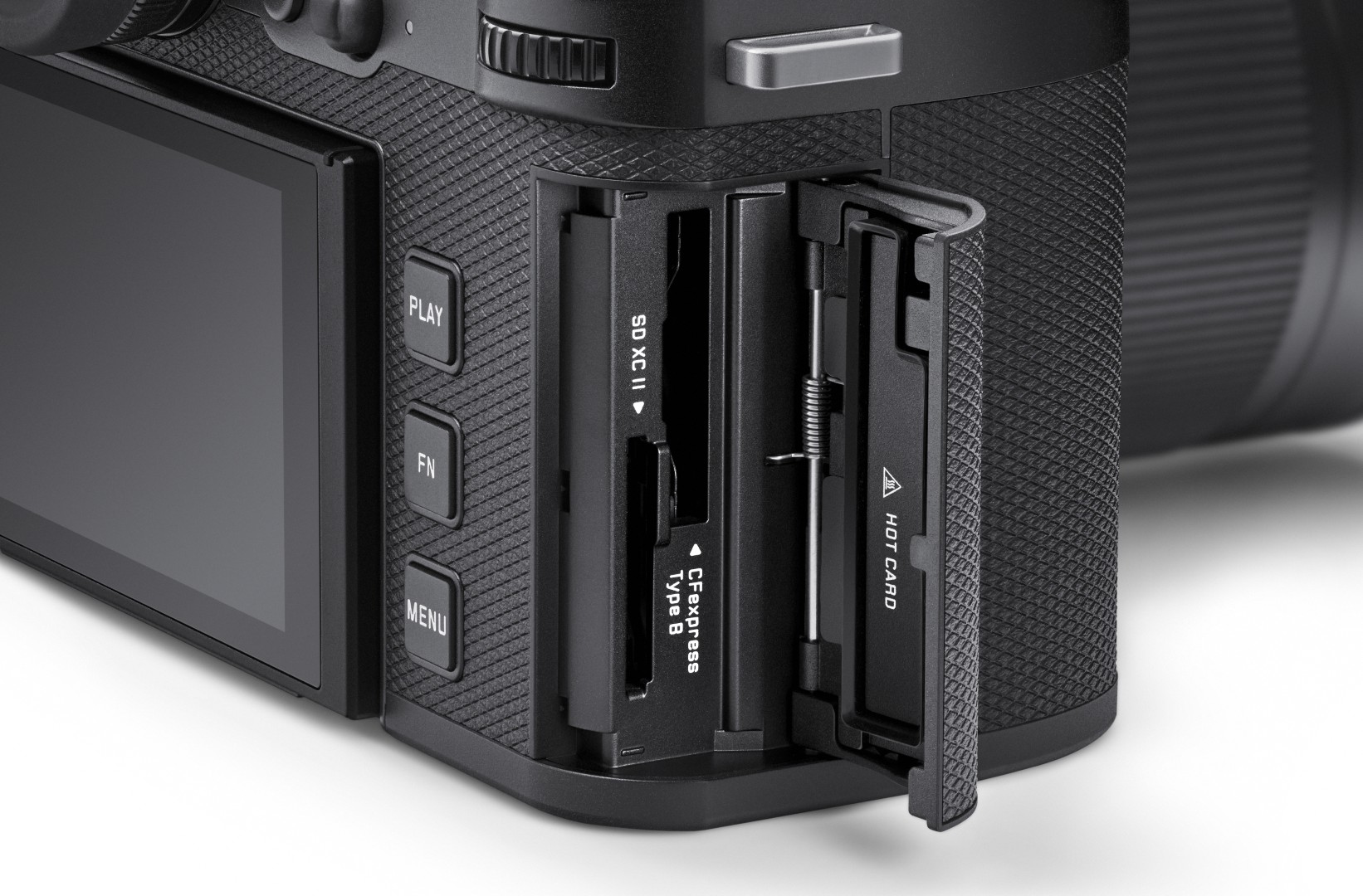
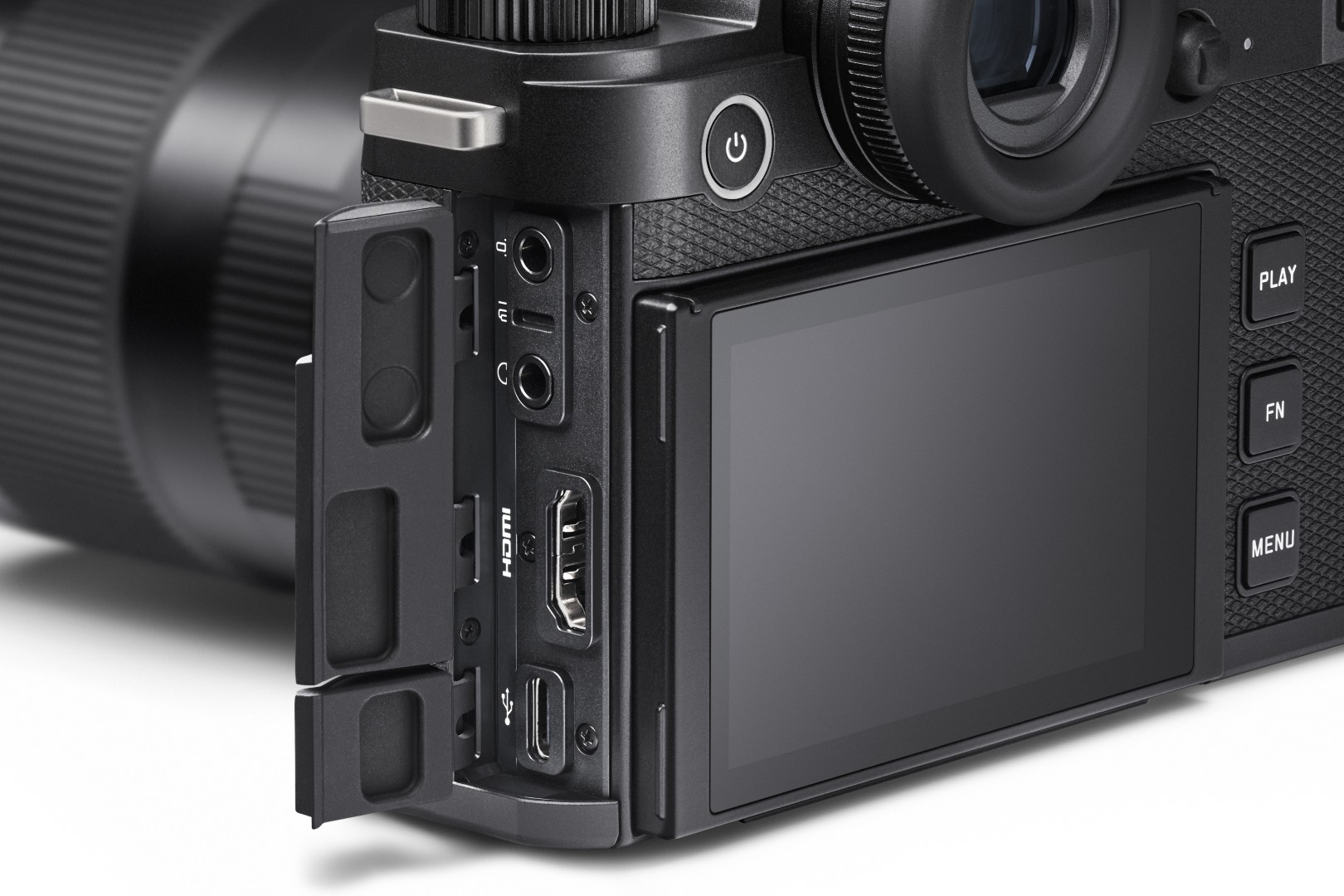
Besides still images, the Leica SL3 can record videos as well. You can shoot MOV C8K (8192 x 4320 pixels) footage with HLG/L-log video files at 29.97 fps with C4K 4:2:2/10 bit data, which allows for more colour representation and cleaner footage.
However, the massive files created by the sensor will necessitate high-speed memory cards. The Leica SL3 can use CFexpress Type B and UHS-II SD cards, which will be handy.
What can the new camera improve on? Perhaps one thing is to have some indication of what the buttons and dials are for.
To make the camera look as sleek as possible, not much text is available to tell you what each button or dial is for.
It took me some time to get used to the user interface, which could hinder quick shooting. To overcome this, you’d have to learn to navigate around the camera well before using it.
The Leica SL3 camera, retailing at S$10,400 just for the body, is not aimed at the average consumer. Instead, the premium price will attract those who understand and appreciate Leica’s workmanship and its unique take on image colour.

